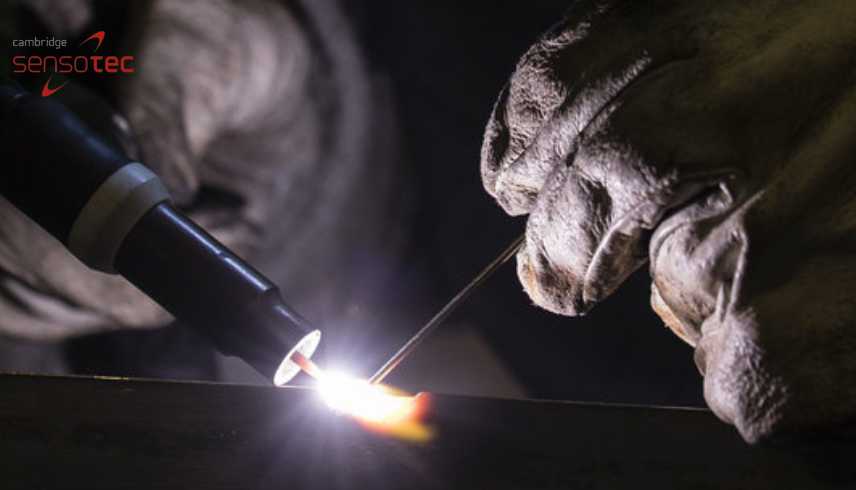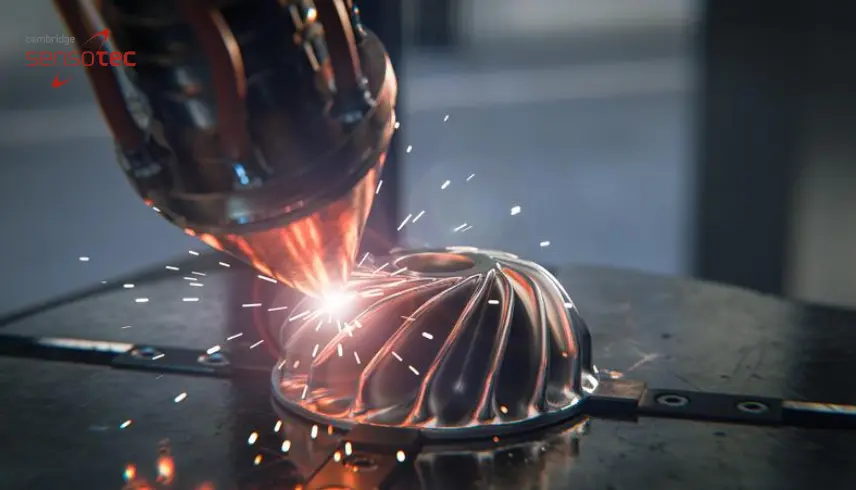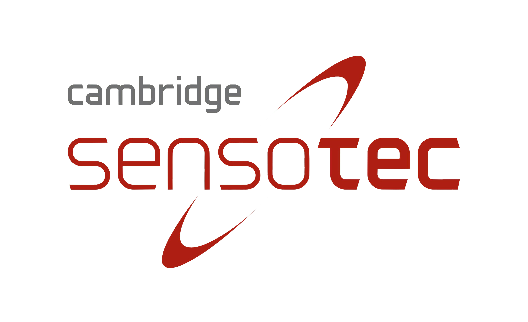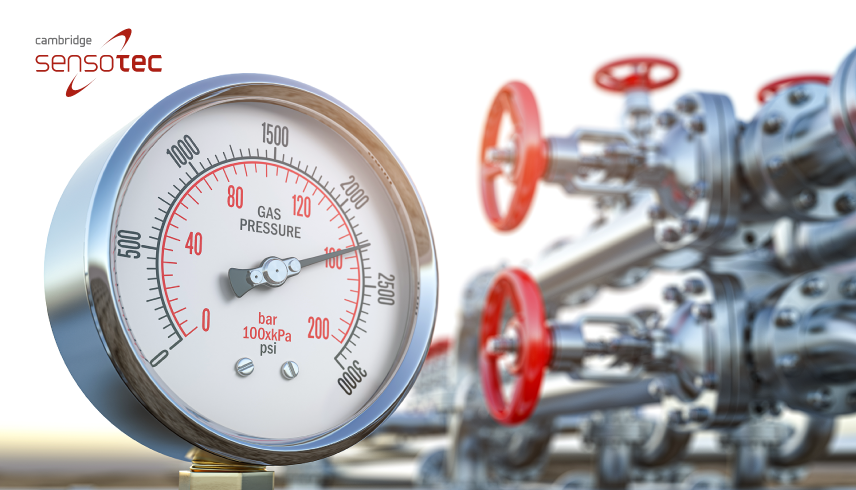

Ensuring Material Integrity in Metal Printing through Oxygen Depletion Analysis
Introduction
The world of manufacturing has witnessed a transformative shift with the advent of metal 3D printing. This cutting-edge technology has unlocked new possibilities, enabling the creation of intricate metal components and prototypes with unprecedented precision. However, achieving material integrity in metal printing remains a critical challenge. In this blog post, we explore the vital role of Oxygen Depletion Analysis in ensuring the quality and reliability of metal prints.
The Rise of Metal 3D Printing
Metal 3D printing, also known as additive manufacturing, has revolutionised industries ranging from aerospace to healthcare. This innovative process allows for the creation of complex metal parts by depositing successive layers of metal powder and fusing them using high-powered lasers or electron beams. While the potential applications are vast, ensuring the structural integrity of printed metal components is paramount.
The Impact of Oxygen
Oxygen, a fundamental element in the air we breathe, can wreak havoc during the metal printing process. The high temperatures required for metal fusion make the material susceptible to oxidation. Even minute traces of oxygen can lead to defects, weakening the mechanical properties of the final product.
Enter Oxygen Depletion Analysis
Oxygen Depletion Analysis is a sophisticated analytical technique that plays a pivotal role in metal printing quality control. It involves monitoring and maintaining extremely low oxygen levels within the printing chamber. By reducing the oxygen content to minimal levels, the risk of oxidation during the printing process is virtually eliminated.
Benefits of Oxygen Depletion Analysis
Ensuring material integrity through Oxygen Depletion Analysis offers several significant advantages:
- Enhanced Material Properties: Metal prints produced in an oxygen-depleted environment exhibit improved mechanical properties, such as increased strength and durability.
- Reduced Defects: By eliminating oxidation-related defects, the overall quality and reliability of metal prints are significantly enhanced.
- Precision and Consistency: Oxygen Depletion Analysis allows for precise control over the printing environment, ensuring consistent results across batches.
- Cost Efficiency: Minimising defects reduces material wastage and the need for rework, leading to cost savings in the manufacturing process.
Applications Beyond Metal Printing
While Oxygen Depletion Analysis is indispensable in metal printing, its applications extend beyond additive manufacturing. Industries such as electronics, pharmaceuticals, and food packaging rely on controlled atmospheres with low oxygen levels to ensure product quality and safety.
Conclusion
In the realm of metal 3D printing and beyond, ensuring material integrity is a non-negotiable factor. Oxygen Depletion Analysis stands as a guardian against defects and a promoter of superior material properties. As industries continue to push the boundaries of what’s possible, the role of analytical techniques like Oxygen Depletion Analysis becomes increasingly vital.
Cambridge Sensotec is at the forefront of providing advanced analytical solutions that empower industries to achieve material integrity and excellence in their processes. Explore our range of cutting-edge technologies and discover how Oxygen Depletion Analysis can revolutionise your metal printing and manufacturing endeavors.
Ready to take the next step in ensuring material integrity in your metal printing processes? Contact Cambridge Sensotec today to learn more about our analytical solutions and how they can benefit your operations. Your journey to uncompromising quality starts here.


